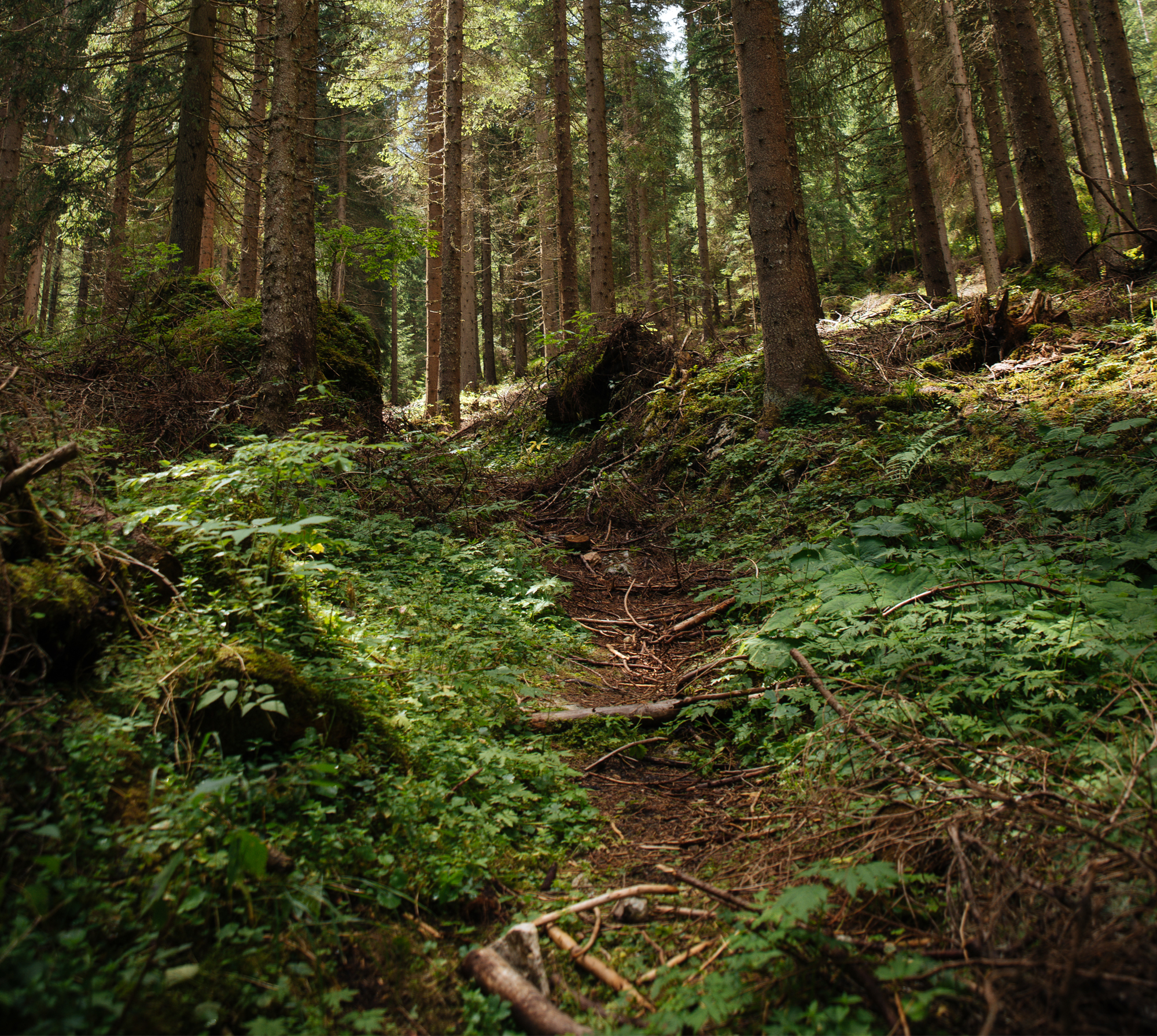
Uszkodzenia drzew w drzewostanach sosnowych przy pozyskiwaniu drewna w praktyce leśnej
Tree damage in pine stands resulting from wood harvesting in forest practice
Autorzy
- Marian Suwała Instytut Badawczy Leśnictwa, Zakład Użytkowania Lasu, Sękocin Stary, 05-090 Raszyn, Poland, fax +48 227153557, e-mail: m.suwala@ibles.waw.pl
Abstrakt
This paper presents results of research on tree damage in pine stands resulting from wood harvesting in thinnings and group clearcutting. Two harvesting methods were taken into account: long-wood method and cut-to-length (CTL) method. Within each method two technological processes were distinguished, differing mainly in technical means. Research results point out that in thinnings the whole-stem method, with chain and horse, and CTL method with chain saw and forwarder or farm tractor with forest trailer and crane characterized by the smallest tree damage (in early thinnings respectively: percentage share of damaged trees – 2.8% and 3.4%; synthetic index of tree damage – 1.5% and 1.9%; in late thinnings: share – 5.3% and 3.9%; index – 3.4% and 2.1%). Bigger tree damage was in whole-stem method with chain saw and farm tractor with winch and CTL method with harvester and forwarder (in early thinnings respectively: percentage share of damaged trees – 7.2% and 7.9%; synthetic index of tree damage – 4.4% and 4.9%; in late thinnings: share – 8.5% and 7.8%; index – 4.6% and 4.1%). In group clearcutting the smallest damage to remaining trees was in CTL method with chain saw or harvester and forwarder (share – 4.8% and 4.3%; index – 2.5% and 2.4%) and the biggest in long wood method with chain saw and skidder (share – 6.1%; index – 3.9%.
Słowa kluczowe
| DOI | |
|---|---|
| Source | |
| Print ISSN | |
| Online ISSN |
|
| Type of article |
|
| Original title |
|
| Publisher | |
| Date | |

